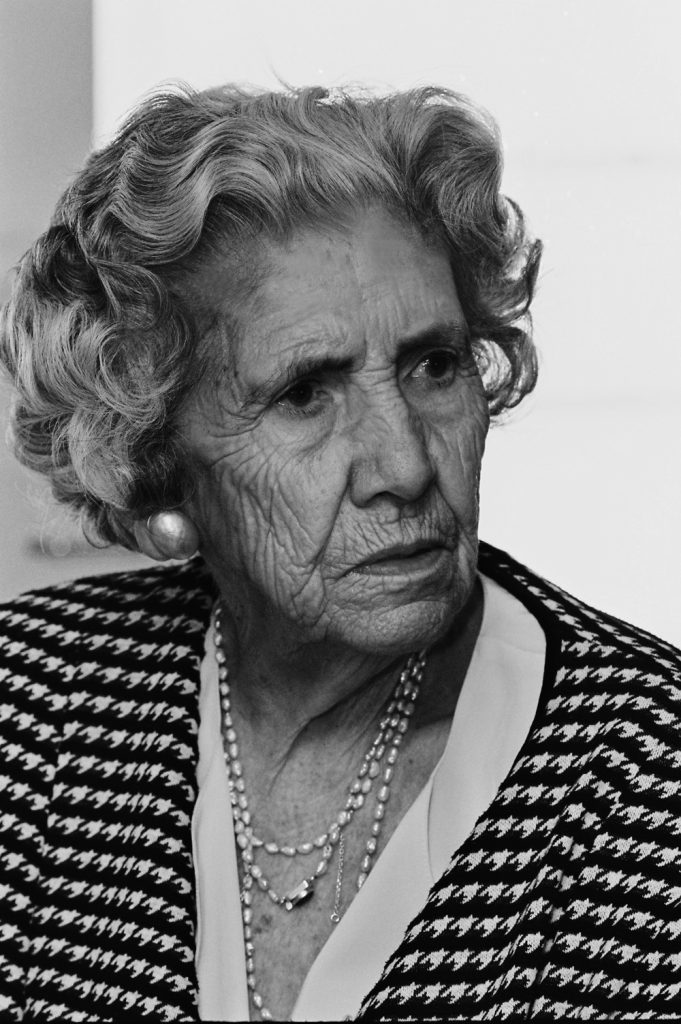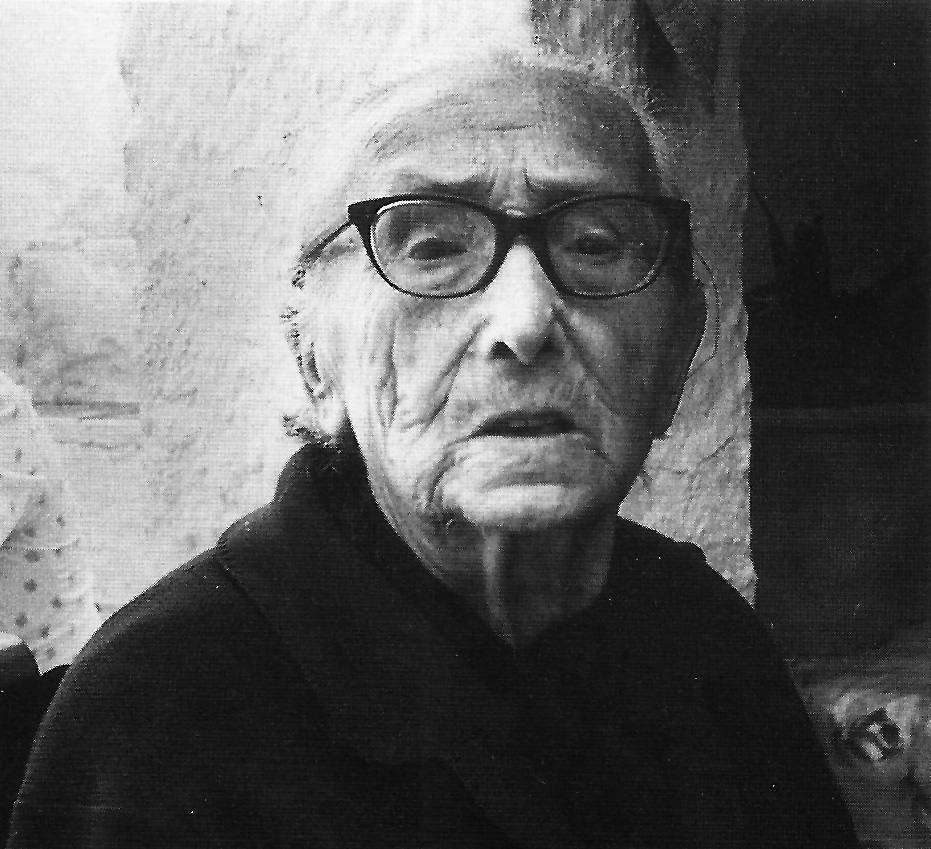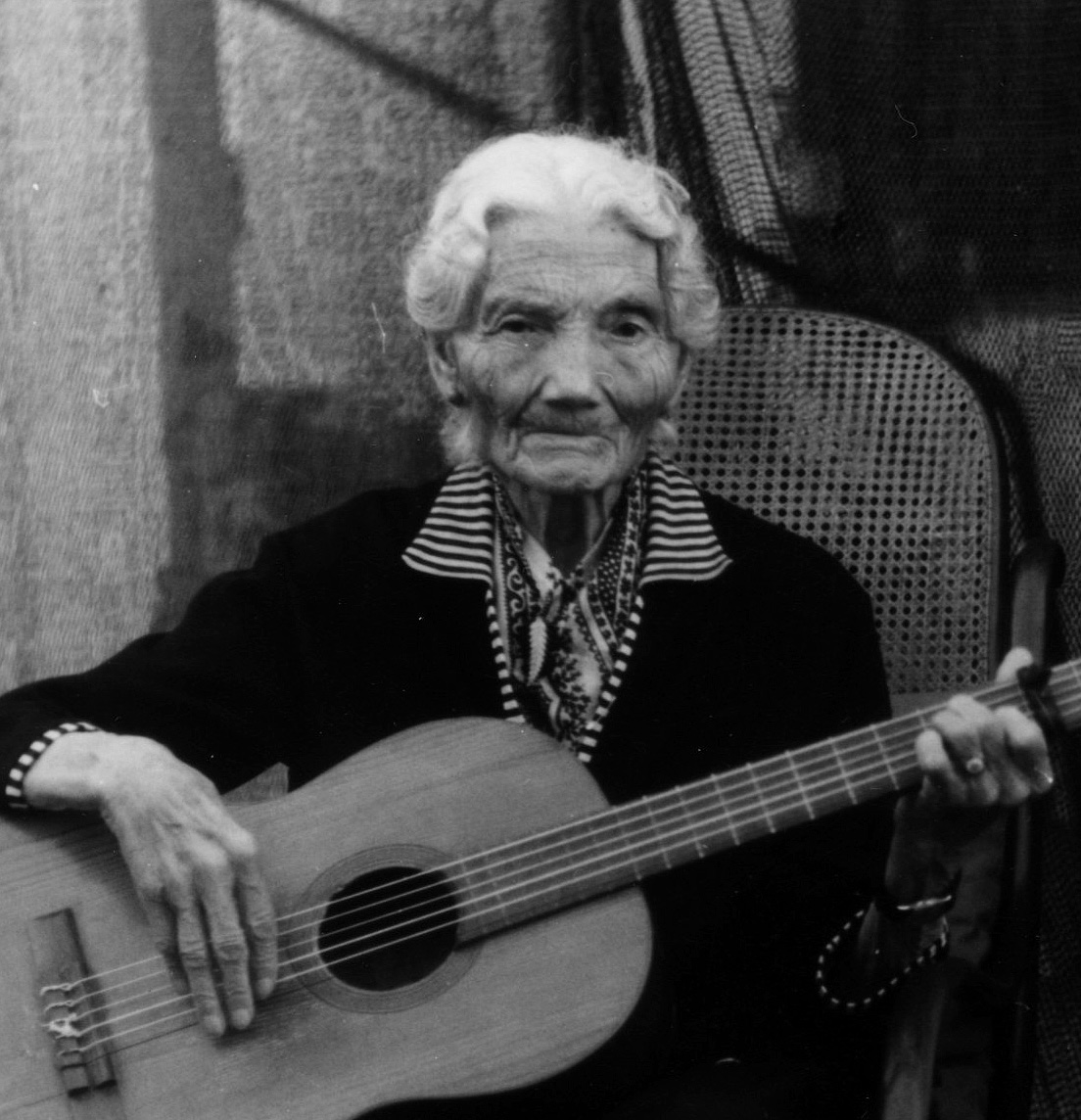Fifth descendant of the marriage between Vicenta Lorca Romero and Federico García Rodríguez. Federico’s younger sister, after Francisco and Concha García Lorca (the second son, Luis, died in 1902 at the age of two) was the only member of the family born outside the environment of the Vega de Granada. When Isabel was born in 1909, the family had already moved from Asquerosa (Disgusting) (now Valderrubio) to their first home in the capital of Granada, a house on Acera del Darro.
A teacher and writer, she lived a good part of her life in exile. She returned to Spain in 1951, along with other family members, and three years later visited the landscapes of her childhood in the Vega de Granada. At the end of her life, after the death of her brothers, she encouraged the creation of the García Lorca Foundation to administer her brother’s legacy. She vehemently opposed the destruction or alteration of family spaces, such as the Huerta de san Vicente.
Her book ‘My Memories’is the testimony of how she and Federico invented imaginative amusements, used popular songs, played at saying mass, imitated the parish priest of Las Angustias or interpreted folk songs.
Despite living their early years in Granada, their relationship with the Vega, to which the rest of the family was linked by birth, was intense through the maids, the many relatives who visited the Lorca family in the capital and supplied them with farm produce and, above all, through the summers when the family moved to Asquerosa (Disgusting) for the agricultural harvest. The summers were not interrupted until 1925 when their father bought the Huerta de San Vicente farmhouse.
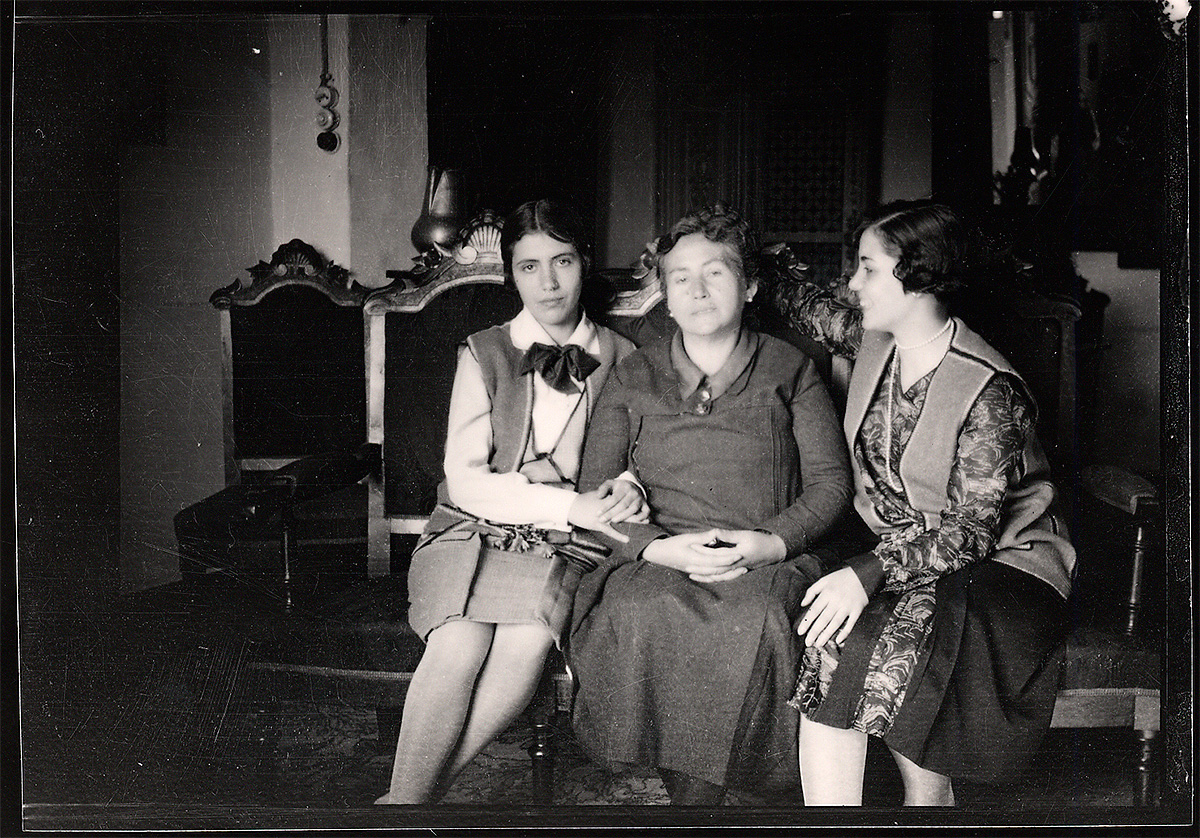
At the age of five, Isabel joined the Calderón School, located on Recogidas Street, a religious center in the hands of the nuns of San Vicente de Paul who followed strict rules of behavior against which Isabel, her sister Concha and, before them, their mother, Vicenta Lorca, clashed. On the first day of school a decisive mishap occurred that was to change the plans for their future education: Concha was punished and Isabel was left alone in the street waiting in vain for her sister. The incident caused both of them to leave the school. Later, Isabel with her friend Laura de los Ríos, resumed their schooling in her own home with a private teacher who came every morning. In the afternoons, the tutor was Laura’s mother, Gloria Giner, wife of Fernando de los Ríos and teacher at the Teacher Training College.
The age difference with her brothers did not prevent her from sharing numerous experiences and games full of lyrical imagination that left a deep mark that accompanied her throughout her life. Her book My Memories, published in 2002, is the testimony of how she and Federico, in the great house on the Acera del Darro, invented imaginative amusements, used popular songs, played at saying mass, imitated the parish priest of the Basilica of Virgen de Las Angustias, the then famous Padre Arcoya, or interpreted folk songs.
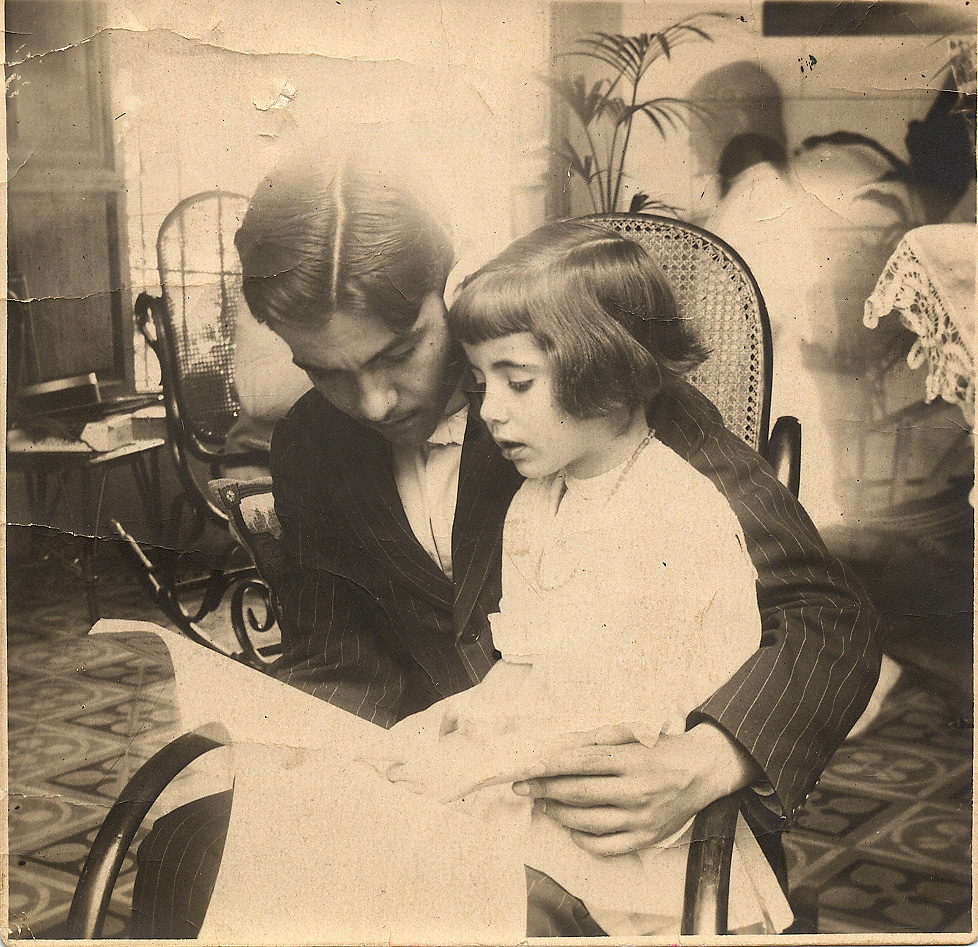
In that house with a garden, Isabel lived the first eight years of her life. “In that garden,” she recalls, “we were so happy, besides us, two tortoises and a beautiful blond cat.” She refers to the same cat that reappeared in the house, already part of a the poem 1910- Intermediary from Poet in New York: “In a garden where the cats ate the frogs.”
But the memorable moments of her childhood continued when the family moved to the house on the Acera del Casino. There, on January 6, 1923, as a Thre Kings Day gift, Federico together with Manuel de Falla and Hermenegildo Lanz organized the now mythical evening of puppetry with billy club puppets. Isabel and Laura sang in front of all the guests. An entremés (short and comic theatrical performance) attributed to Cervantes was performed in addition to the Play of the Three Wise Kings and an adaptation by Federico for puppets of the Andalusian tale The Girl who Waters the Basil and the Inquisitive Prince.
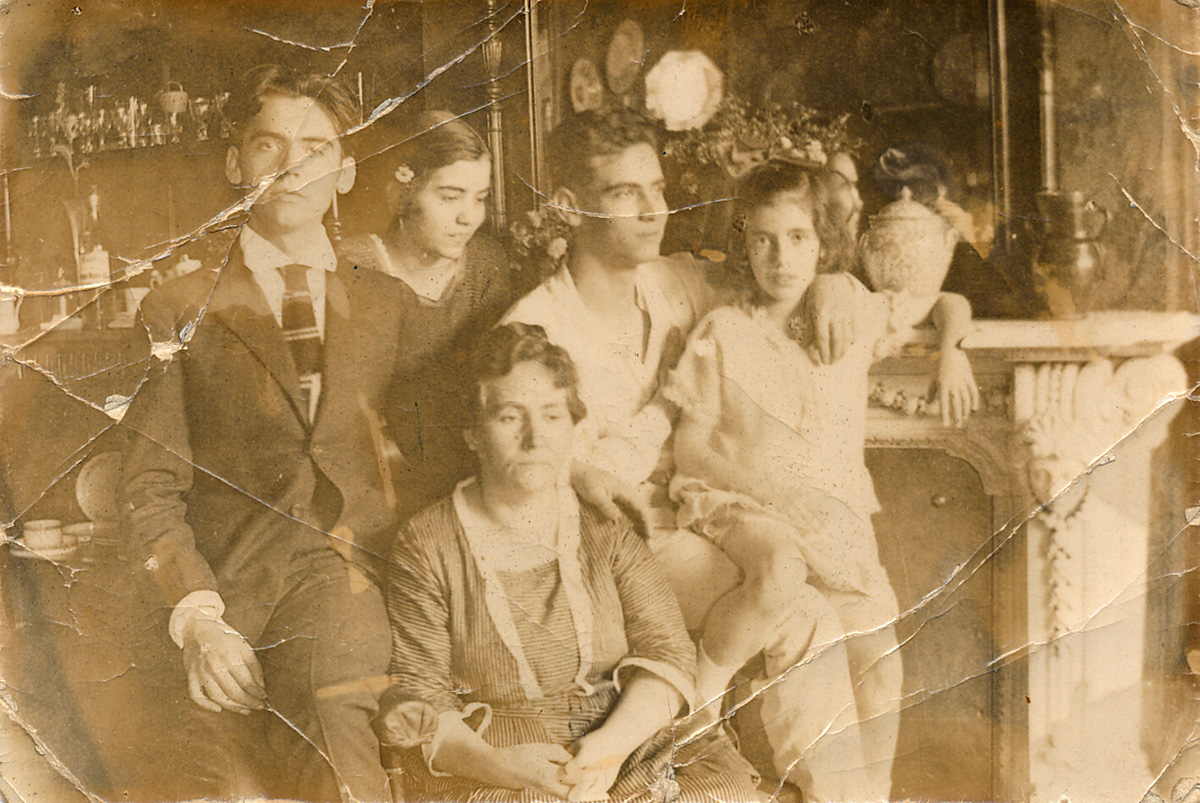
Isabel was the focus of the visit they made to Granada, and specifically to the Generalife, a year later, in the summer of 1924, Juan Ramón Jiménez and his wife Zenobia Camprubí.The poet from Moguer strolled along the Paseo de los Cipreses and was particularly taken with the youngest of the Lorca family to whom he dedicated the ballad Generalife, a poem full of light and transparency where the garden and water blend in with the background of the Arab gardens. Isabel continued to maintain a relationship with Juan Ramón and Zenobia Camprubí throughout her life, although their friendship was clouded by the estrangement between Juan Ramón and her brother. All this was reflected in the book Olvidos de Granada published in exile by Juan Ramón Jiménez.
Isabel began her studies of Philosophy and Arts at the University of Granada in 1930 and finished them, due to the transfer of the family home, in Madrid, where she was a student of Pedro Salinas and Jorge Guillén. She was in the Institución Libre de Enseñanza (Free Teaching Institution) and participated in 1933 in a cruise organized by the institutionists as a study trip around the Mediterranean.
In Madrid, after graduating, she devoted herself to teaching. She participated in the theatrical project of García Lorca and Eduardo Ugarte, in La Barraca. She joined the company on one of its outings in Murcia and Alicante where they staged Life is a Dream by Calderón.
The Civil War breaks the calm education process. Isabel left Spain at the end of September 1936. She had spent July and August in Madrid, at the home of Laura de los Ríos, with her mother and grandmother. There she learned of the shooting in Granada of Federico García Lorca and his brother-in-law Manuel Fernández Montesinos, mayor of Granada and married to her sister Concha. Isabel sought refuge at her brother Paco’s house in Brussels, where he held a diplomatic post. There she spent a little more than a year until she began her exile in the United States with the rest of her family.
“I couldn’t talk. I couldn’t cry. They would ask me questions and I couldn’t answer what for? It was all over. I think the thought of my parents pushed me to continue. To keep living the nightmare of the black phone swinging against the wall. The crime was true. The crimes were true. Damn them!” she notes in her memoirs.
To make matters worse, the attitude of some common friends turned into betrayal: “Manolo [Fernández Montesinos] was succeeded in the mayor’s office by his friend Antonio Gallego Burín, with whom we had been at the circus just a month before, for Corpus Christi. Agreeing to succeed Manolo in those circumstances was something very undignified, as horrendous as the crime itself,” she says.
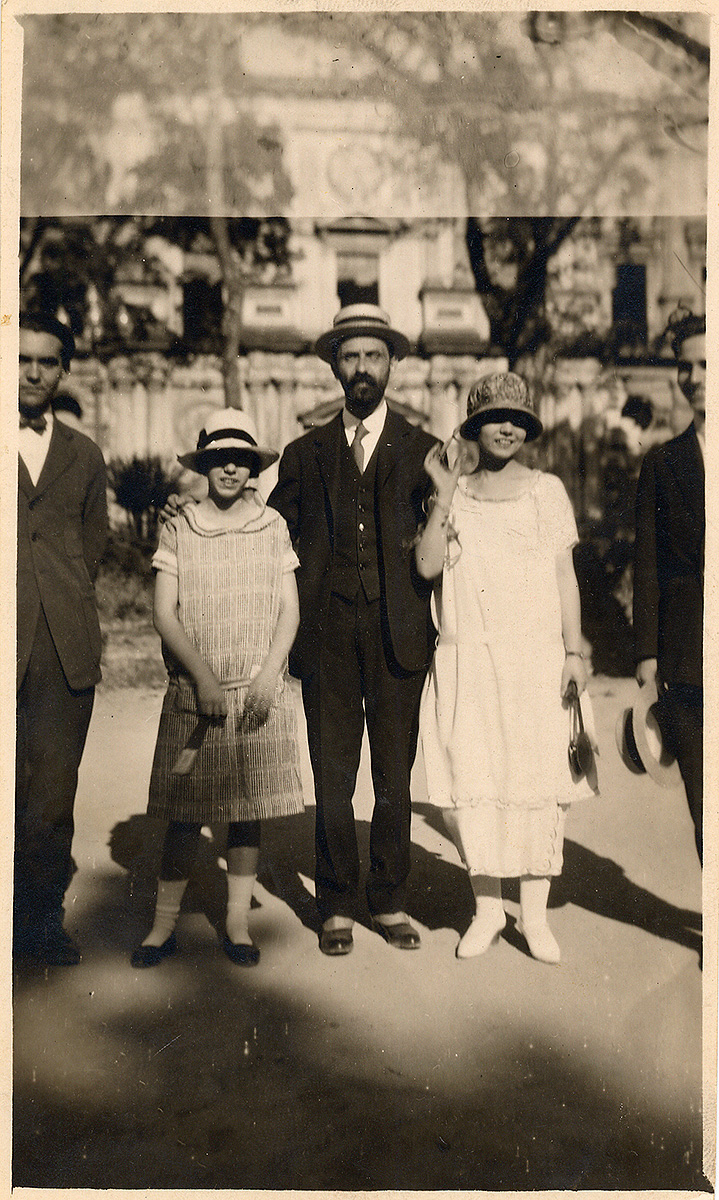
In New York she was welcomed by the family of Fernando de los Ríos, then ambassador in Washington. The others arrived in 1940. Her friend Laura de los Ríos married her brother Paco in 1942, and in 1949 her father, Federico García Rodríguez, died and was buried in the United States of his own free will. In 1951, she returned to Spain with her family.
In the United States, Isabel devoted herself to teaching at the New Jersey College for Women, Hunter College in New York and later at Sarah Lawrence College where she befriended the novelist Marguerite Yourcenar, who years later visited Granada to reconstruct the murder of Federico.
For some time her income was the only one the exiled family could count on. On her return to Spain in 1951 she began working in a private school. She returned to visit Valderrubio in 1954 where she recovered the memories of her youthful summers. In My Memories he records the emotion that her return to her lost paradise produced in her. “On my return to Granada my greatest emotion, which flooded me with tears, was the smell of the Generalife and hearing the bells of the convents of the Albaicín”.
In 1955, she was one of the founders of the Spanish Association of University Women, but had to wait until Franco’s death to regain her position as a high school teacher.
In 1986, she promoted the creation of the Federico García Lorca Foundation. After offering part of the legacy to Granada, the documents were finally deposited in the Residencia de Estudiantes (Students’ Residence), where they remained until 2018. Isabel lived attentive to the fate of her brother’s work and memories.
For some time their income was the only one the exiled family could count on. On her return to Spain, in 1954, she visited Valderrubio where he recovered the memories of her youthful summers.
In the 1980s, she personally advised the García Lorca Board on the reconstruction of the house in Fuente Vaqueros where Federico was born in 1898. She also fought against those who tried, through neglect or ignorance, to destroy the places linked to Federico’s memory, such as the area of Alfacar and Víznar where he is supposed to be buried and which was threatened by the construction of a soccer field. She also strongly opposed the ring road around Granada, which destroyed the countryside setting of the San Vicente Farmhouse.
In 2002, she won the XV Comillas prize for My Memories, a book of memoirs that today is a classic of Lorca’s bibliography. “It hurts me so much to remember!” she writes at the end of the book. “My life I see as an immense and disordered tableau. I am alone in my life, in my feelings, in my sorrow. I know that I do not agree with anyone and deep down it is natural and I understand it. I cannot live only the present; my life is inseparable from the past”.
Isabel died in Madrid on January 9, 2002.
